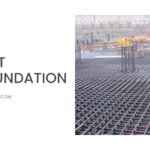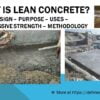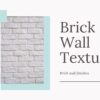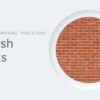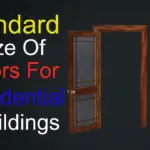While you’re fighting mold off your home and looking for ways to kill it; you start wondering “does UV light kill mold”. Yes it does kill mold and in fact it is quite effective.
UV light can easily penetrate the mold cells thereby damaging nucleic acids. By following the right process you can effectively die off mold cells in an hour or so.
Table of Contents
- Mold – why it’s bad?
- Possible locations of mold
- What is a UV Light?
- How UV kills mold?
- Other uses of UV Light
- Procedure of removing mold by UV light
- Precautions to stop future Spreading of mold
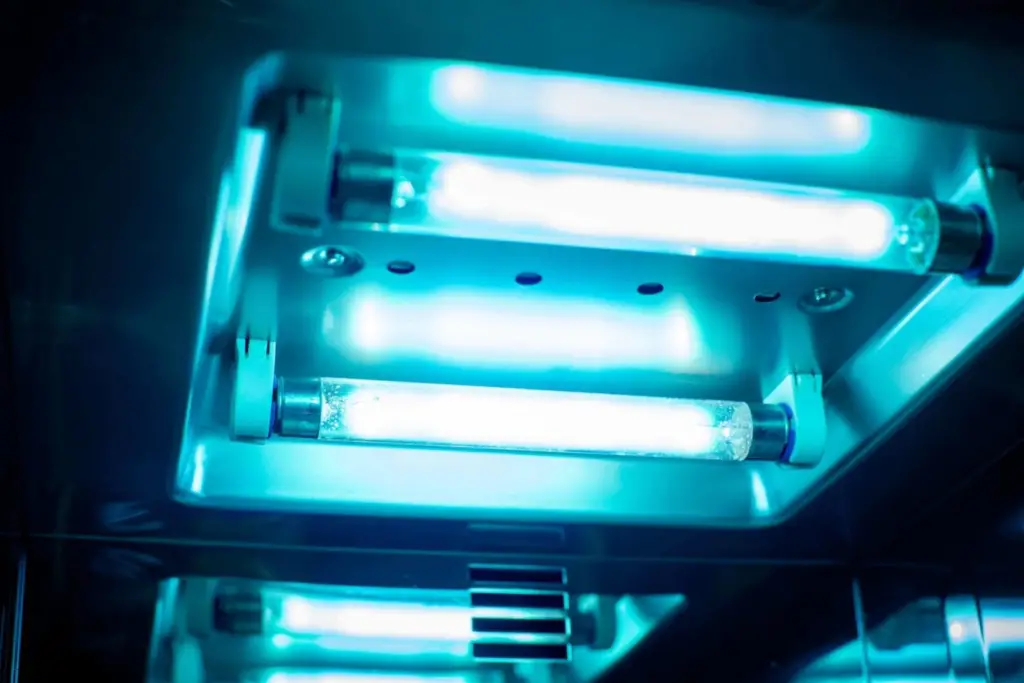
Mold – why it’s bad?
Mold is a fungus consists of microorganisms that grow very fast and can be found practically everywhere. They can grow on anything if it is moist enough.
If we talk about home place then it is most common issue on damp surfaces like bathroom walls, near roof slabs etc. Molds look like a furry growth, black stains or specks of black, brown or green.
A cluster of mold sends clouds of invisible bits of molds through air. These bits of mold are harmful and cause infection, allergies skin and breathing problems. So, when a growth of mold appears on the damp surface it is necessary to act in order to remove and make home mold free.
Any part of home which remains damp can be affected by mold. There is a need to check for those areas which include:
Possible locations of mold
- If water is trapped inside the walls through leakage, then there are chances that it is moldy. Molds may not always be seen. Sometimes we have to check if there is a musty stains or strong musty smell.
- There are chances of mold in basement especially when basement floods because of rain. Moisture can also penetrate through home concrete foundation and make the bottom of carpet or inside of finished wall moldy.
- Water dampness around doors, windows which are in direct contact with outside environment can help mold to grow there and create health issues.
Also Read: Popcorn ceiling mold – Here’s how to remove mold from bathroom popcorn ceiling
What is a UV Light?
Ultraviolet light is a kind of electromagnetic rays that comes from different sources, the main source is sun. This light is all around us. A person body uses ultraviolet light for production of vitamin D. It has wide range of applications which we are going to discuss below
A UV light is widely used for detection of various biological materials at crime scenes. It is also used to kill bacteria and viruses without using harmful chemicals. It is used as a tool in biological research laboratories and medical facilities.it is also used to kill mold which we will discuss in detail here.
How UV kills mold?
If one use UV light correctly it can kill mold and wide range of other pathogens. This light can be used anywhere in home or facility. It is commonly used to kill mold in air conditioning units and some of the industries are also using it kill mold. It is more efficient and fast method. While manual cleaning methods are time consuming and effective.
If we install ultraviolet lamp in our HVAC system, it will help in keeping the entire system free from mold. The overall effectiveness of UV light depends upon the intensity of light and time to which the mold is exposed to light. The high intensity UV lights will kill mold with more effectiveness as compared to less intensive light.
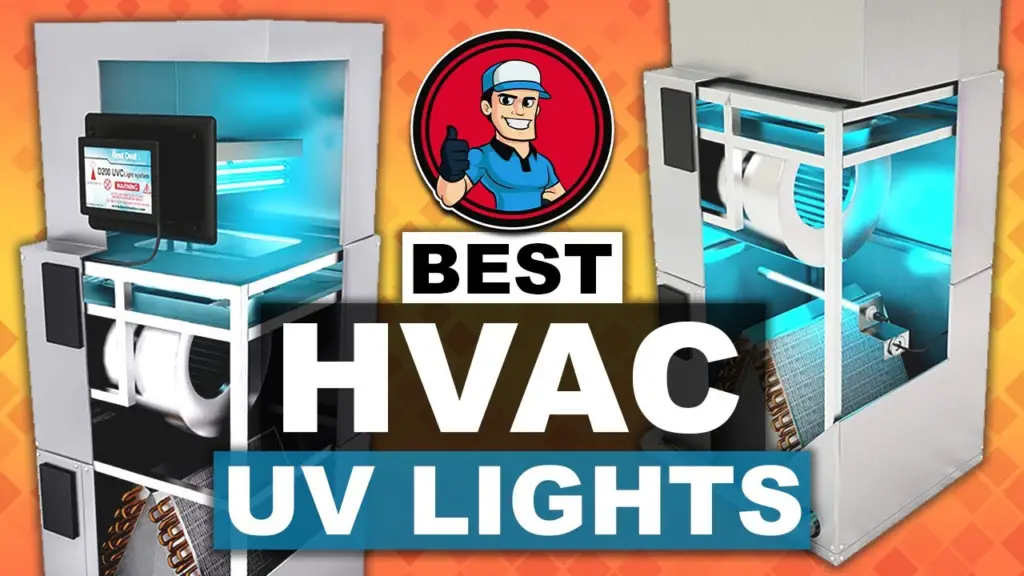
Other uses of UV Light
UV light produce electromagnetic radiations which work as a disinfectant and can penetrate through organisms. When this light is used in lamp then it produce short wavelengths. These wavelengths kill most of the mold cells and also ensure that remaining cells stop reproducing until they die out. Mold is very fast in spreading so in order to stop and destroy use of UV rays is much better than other slow techniques.
Also Read: How to prevent termites? – Causes of termite in a house foundation
In manual method if there is any spot left it will reproduce in a very short method and will cover the whole area again. But UV light helps in breaking the underlying DNA contained in mold and related bacteria. As a result of this the mold becomes sterile and die in few hours.
UV light almost kills about 99.9% of the mold.
In addition to treating mold, UV lights also provide some other benefits, such as:
- Reducing colds and flus because germs do not re-circulate within the HVAC system.
- Reducing clogs in the condensate drain lines by preventing algae growth.
- Reducing smells and odors within home.
- Maintaining a cleaner environment
- Improving cooling efficiency and reducing electricity costs.
Also Read: DOES LYSOL KILL MOLD? – Yes it does & here’s how to do it
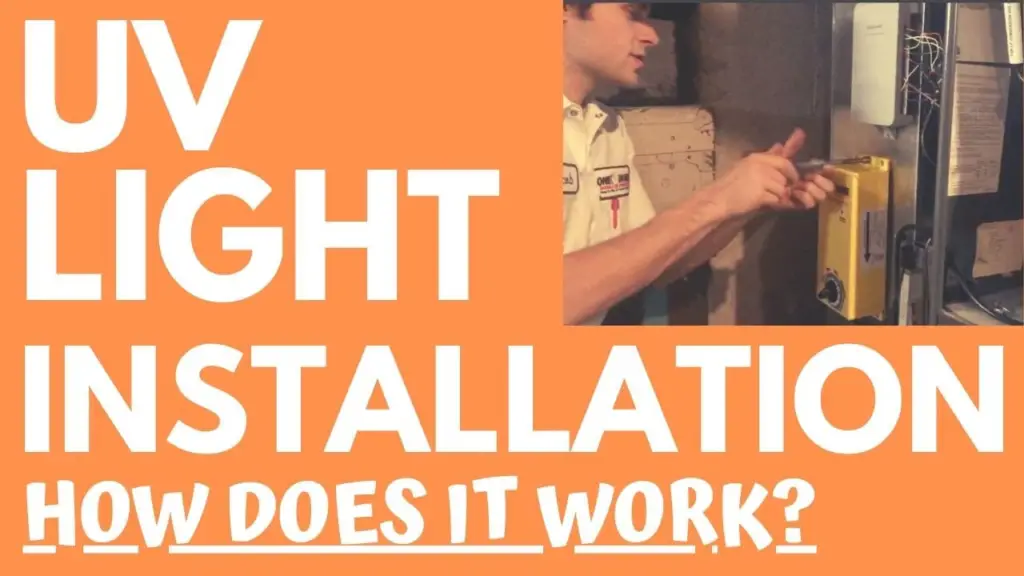
Procedure of removing mold by UV light
The first step to kill mold with UV light is to use a UV-C lamp, of which there are many different types and sizes to account for a range of needs.
Once we purchased a UV-C lamp, our next step is to identify all of the surfaces that are currently infected by the mold fungus. Any surfaces we miss could allow the mold to live on and continue spreading throughout the home or business.
Once we’ve determined which surfaces have mold on them, we should keep the UV-C lamp around two inches away from the mold. Any other light source in the room will need to be turned off in order for the UV light to get rid of all of the mold.
This includes any doors and windows that could let small amounts of light in. Then we will leave the room for a period of 1-2 hours, after which the mold should be eliminated. We will repeat this process for any surfaces where mold has been found.
We have to make sure to avoid looking directly at the light once it’s turned on. While there are special UV glasses that will protect our eyes.
Also Read: Does heat kill mold in house? Get rid of the mold with heat
Precautions to stop future Spreading of mold
Keep home dry as possible
As we already discussed that mold spreads and attack on longtime humid building components and places. If we keep our home dry as possible then there will less risk of mold. In case of any leakage from roofs or plumbing it should be fixed as soon as possible.
It should be ensured that ground around the foundation of home slopes away from home so that basement is less likely to flood by water or dampness.
Use of fans to remove moisture
Usually, kitchens and bathrooms walls are more prone to moisture due to contact of water. It can be remove by installing a vent fan in bathrooms and kitchen.
The fans can be used while cooking and cleaning of kitchen. Similarly switch on vent fans while going to take shower so that moisture remove in a minimum possible time and keep the surface dry and prevent mold to grow.
Don’t finish floor before it dry
Care should be taken during construction of basement that walls of basement with insulation and wallboard should not be done unless basement is very dry. Also avoid putting wall-to-wall carpet on basement floor. If basement floor is concrete, we can paint it and use area rugs instead. Then we can take the rugs outside to clean and dry them.
So, what you’re up to? Now that you believe UV kills mold; what you’re going to do? Tell me in the comments below and we can discuss a way out for you.



